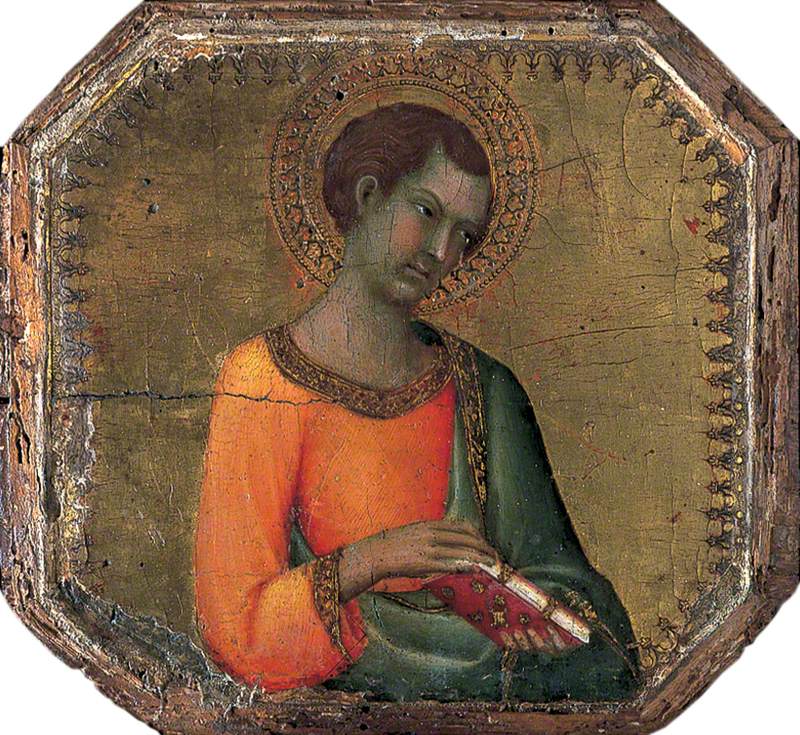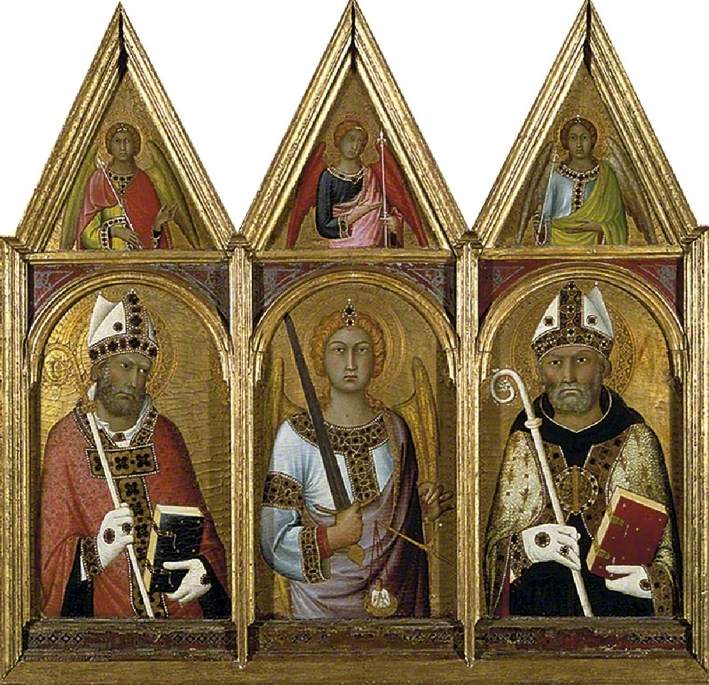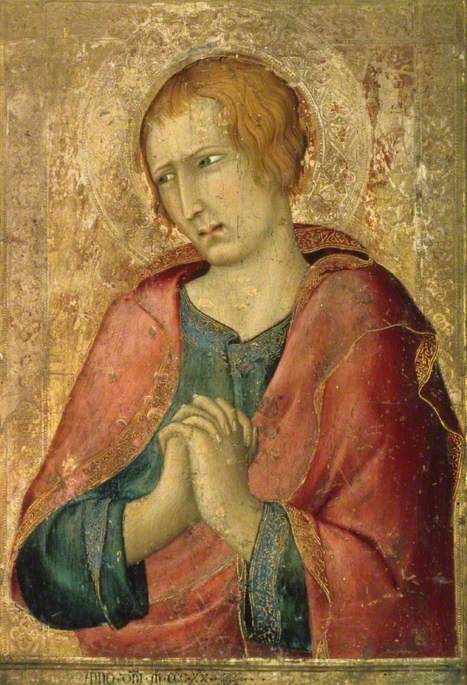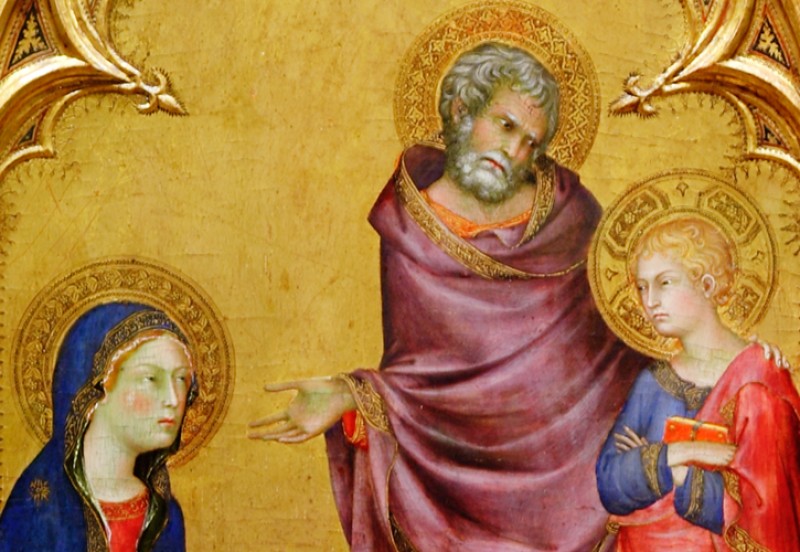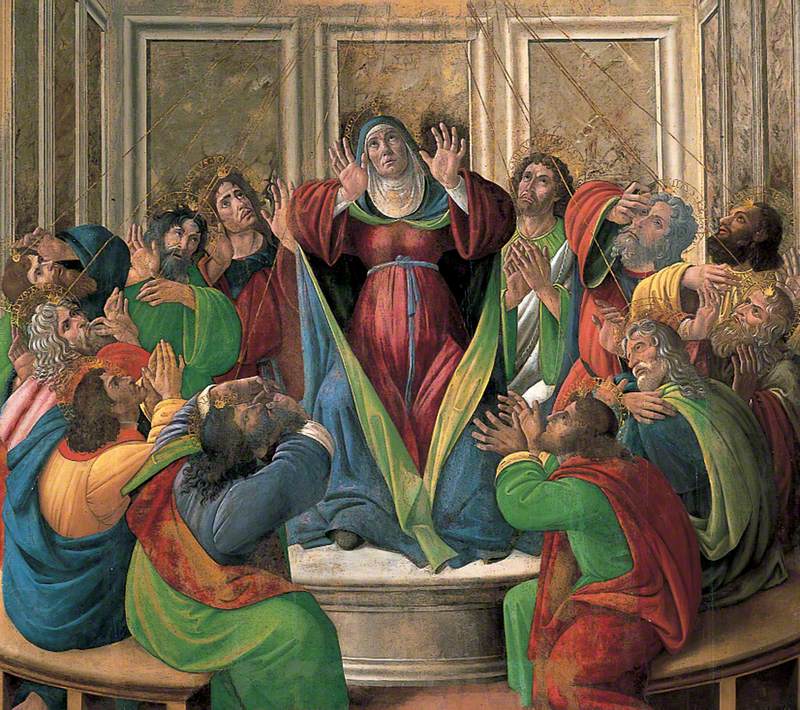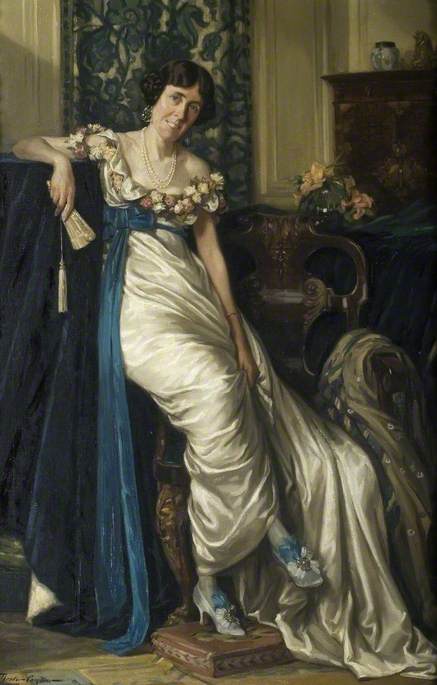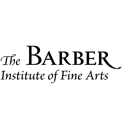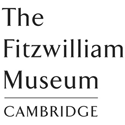(b ?Siena, ?1284; d Avignon, July/Aug. 1344). Next to Duccio, the most distinguished painter of the Sienese School. Nothing certain is known of him before 1315. Vasari says that he was a pupil of Giotto, but the prevailing opinion is that he probably trained in Duccio's circle; certainly he learnt much from the decorative use of outline, colour, and patterning characteristic of Duccio's work. The main features of his style are present in his earliest surviving work, the large fresco of the Maestà (1315; reworked 1321) in the Palazzo Pubblico in Siena: the sumptuous materials and the aloofness of the Madonna derive from the Byzantine style of the older generation; the decorative line, gesture, and expression are informed by the gracious Gothic fashion that was now current in Siena; and the use of foreshortening to create depth shows the awakening desire for more lifelike effects.
Read more
Two years later he painted an altarpiece (1317, Mus. di Capodimonte, Naples) for Robert of Anjou (king of Naples, 1309–43) showing his elder brother St Louis of Toulouse, newly canonized, resigning his crown to him. The predella scenes contain the boldest compositions in perspective that had been produced up to that date. Perhaps at about the same time (although the evidence for the dating is inconclusive) he carried out the fresco decoration of the chapel of S. Martino in the lower church of S. Francesco, Assisi.The next major work associated with Simone is a fresco, bearing the date 1328, on the wall opposite his Maestà in the Palazzo Pubblico in Siena, commemorating the condottiere Guidoriccio da Fogliano, who in that year had won a great victory for the Sienese and liberated the town of Montemassi, depicted in the background. This highly original work, which shows the general riding in stately but solitary triumph, is generally regarded as one of the first equestrian portraits since antiquity; however, it has recently been the subject of great controversy, some scholars considering that it is not by Simone and appreciably later than assumed (this opinion is based on technical evidence allegedly showing that part of the fresco lies on top of another fresco known to date from 1363). The work that is generally regarded as the epitome of Simone's style is the Annunciation (1333, Uffizi, Florence), although this is jointly signed with his brother-in-law Lippo Memmi. It is a ravishing blend of fragile grace and sweet sentiment and for sheer beauty of craftsmanship is unsurpassed in its age. Simone's work is more fully Gothic in spirit than that of any other major Italian painter; it is not surprising that he was appreciated in France, and from about 1335 until his death he worked at the papal court in Avignon. During this period he painted the unusual subject Christ Reproved by his Parents (1342, Walker AG, Liverpool) and the frontispiece to a Virgil manuscript belonging to the poet Petrarch (Ambrosiana Lib., Milan). He also did a portrait of Petrarch's beloved Laura; it is lost, but mentioned in one of the poet's sonnets. Simone's style and compositions were taken over by illuminators from France and Flanders and generations of Italian panel and fresco painters copied him too. He was one of the main sources of the International Gothic style.
Text source: The Oxford Dictionary of Art and Artists (Oxford University Press)
